Cut Flowers – Tips and Tricks to Help Them Last Longer
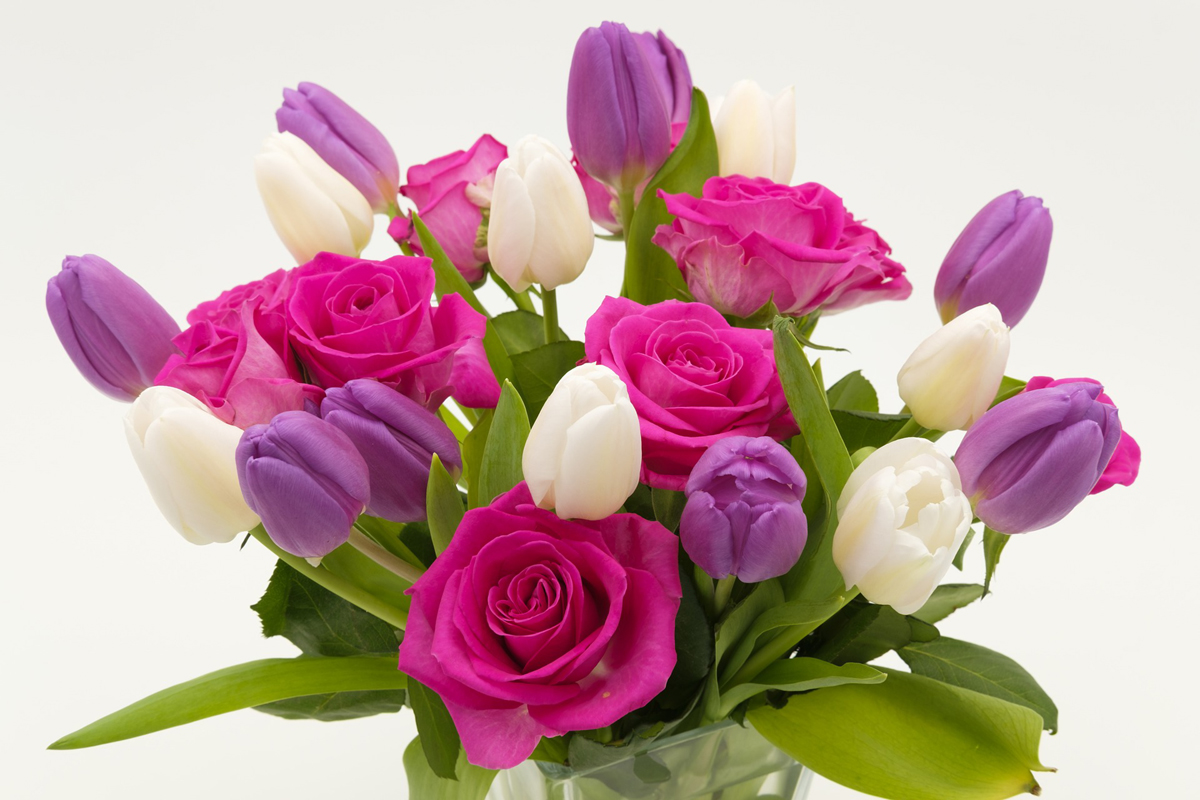
How to make cut flowers last longer.
Rose
The roses are charming, but very sophisticated and pretentious flowers too. Here are some tricks to prolong the rose’s life:
· It would be good, if it’s any possibility, to be conserved in a cold place, even the fridge, but not near the other products, for a few hours, after you bought them.
Cut the stem at a very sharp angle under the water and then let the water flow over the stems for 3 minutes.
· Soften the base of the stem in mint oil before putting in the vase.
· Add some lemon juice in the flower’s water or a little salt.
· Put the roses in a tall vase full of water, then leave them in a dark cold place for 24 hours.
· For bacteria to be destroyed, add a drop of disinfecting substance in flowers water.
· The roses need to stay in tall vases, filled with warm water.
· You have to change the water daily.
Tulip
The tulip’s availability, as a cut flower, is from 8 to 10 days. The tulip doesn’t bear the water privation and the warmth. For a better hydration, you need to cut the white base of the stem under the water and put it in a cold, without draught space, into cold and fresh water. To maintain the water’s freshness and the flower’s natural colors, attach some small branches of Tuia. You can also put a metal coin. To avoid the tulip’s declension, you have to fill the vase with water or to wrap the flower into a paper, because the stem will turn towards the light.
Lily
The punks of the lily have their different opening phase, that the flower lives in water more than 1, maybe 2 weeks. For a long availability, you got to avert the full-blown flower’s stamens, before the pollen will spot the petals, fading them. To prolong the lily’s life, add in the water a spoon of white vinegar (it applies to the gladiolus and anemones too).
Chrysanthemum
The chrysanthemum is one of the most resistant cut flower and it will decorate your house for a long time, more than 2 weeks. By hybridization, the chrysanthemum has a several numbers of petals, multiple colors, forms and sizes. For the best hydration, you’ll smash or cut the stem at a very sharp angle, eliminate the base leaves of the stem. A bouquet of chrysanthemum flowers has to be placed in a large vase, so the flowers will not be crowded. You need to change the water frequently in the vase and powder the flowers with water, because the chrysanthemum loves the humidity.
Orchid
The orchids will decorate your place for 1 or 2 weeks, maybe more, if you offer them the best conditions. It’s important for you to know that the orchid, being an exotic flower, prefer a 26 degrees temperature. After gathering, the flowers have to be left in a cold space (10-15 degrees) for a couple of hours then put them in a spacious vase. To refresh the orchids you’ll cut the stem and than put it in a boiled water, so the flowers will resist more. Keep them away from the draught, smoking or hot vapors (this is also a practice for the anthurium cut flower).
Daffodil
The daffodil cut flowers can resist from 4 to 8 days, if they are carefully attended. Their stems excrete a viscous substance which is speeding up the blight process. Therefore you’ll follow this practice: cut the stem at a very sharp angle 2 inches below the end, than pass it through the fire or leave it for a while in warm water, for the pest substance to be eliminated. You can use a combination of vinegar and salt to clean the daffodil’s vase.
Carnation
The carnation is a very resistant flower and is usually used in the arrangements that have no water supply. Some cultures consider the carnation a funeral flower, maybe for its resistance. It’s important for it to be cut between the stem nodules for the best hydration. The carnations love the fresh water and the sweetmeat, thus put some sugar in the water. You can also add some drops of lemon juice.
Daisy
It’s very alike the chrysanthemum, therefore the scientific name is Chrysanthemum leucantheum. Daisy is a resistant cut flower, though it’s fragile. As the best care, cut the stem till the green part, put it in tall vase, filled with 3 quarts with water and add a drop of whitening substance.
Anemone
Depending of the type of flower, the anemone will resist between 5 and 8 days, maybe more, if it’s well attended. The stem has to be cut at a sharp angle. This flower prefer the cold water and the cold spaces, that you can get them into the fridge, for 1-2 hours, in a separated compartment, before their placement in water. Just like the anemones, the flowers with a fragile stem (freesia, for example), have to be doused till the flower.
Lily-of-the-valley
This flower will not resist more than 4-5 days since the gather and must be under good care. You have to put it in fresh and not very cold water as soon as you can.
Crocus
The crocus’s cut flower doesn’t resist much time, just 3-4 days. As a bulb root flower, like the tulip, iris, daffodil etc, it loves the cold water, changed every day. The warm water speeds up the flourish. Is good that the white area from the stem’s base to be cut, because only the green part will absorb the water. You’ll get the crocus in small vases filled at 3 quarter with water.
Iris
Being tall, the iris cut flowers will be placed in big vases filled half with water. They love the cold fresh water, so change it once every 2 days.
Dahlia
The availability of the dahlia is about 6 to 10 days. To maintain the freshness of the dahlia you have to follow these instructions: introduce the base of the stem in boiled water and keep them there until the water cools or until the base becomes black; then you’ll cut off the boiled part and finally put them into cold water.
Lilac
Though it’s a shrub, lilac is one of the most popular spring flower. To keep them long, you have to avert the leafs and smash the base of the stem, for a better hydration, then place the stems it in boiled water. Don’t you forget that the lilac loves the warm water and the sunlight. As a trick, you can put a little of sugar in the water.
Peony
The peony will be as fresh as the beginning into the vase from 7 to 10 days. The cut flowers are conserved in a cold place for 24 hours without water and thereafter you’ll cut 1 centimeter from the stem and put them in vases filled of warm water.
Gerbera
The gerberas, as well as the tulip, usually inflect their stem. There are some simple tricks for not to happen: prick the stem just under the flower, to get out the air deterrent the flower hydration or fill with water the empty stem and keep it with the flower turned downward overnight.
Poppy
It’s a not a resistant flower. Although it’s a wild flower, the poppy is a fragile one, but loved for its full of passion color. As well as daffodil, the poppy’s stem excretes a pernicious substance that has to be eliminated. You could pass the stem through the fire or leave it in boiled water for 30 seconds, after you cut the stem 2 inches below the end.
Sunflower
This is a long life flower. As a cut flower, it last 6-12 days, but it’s a wonderful dry flower. There is a trick to avoid the blight: add in flower’s water 2% of liquid detergent.
The Author:
Florist Angheliu Alexandru
Photo. Bruno

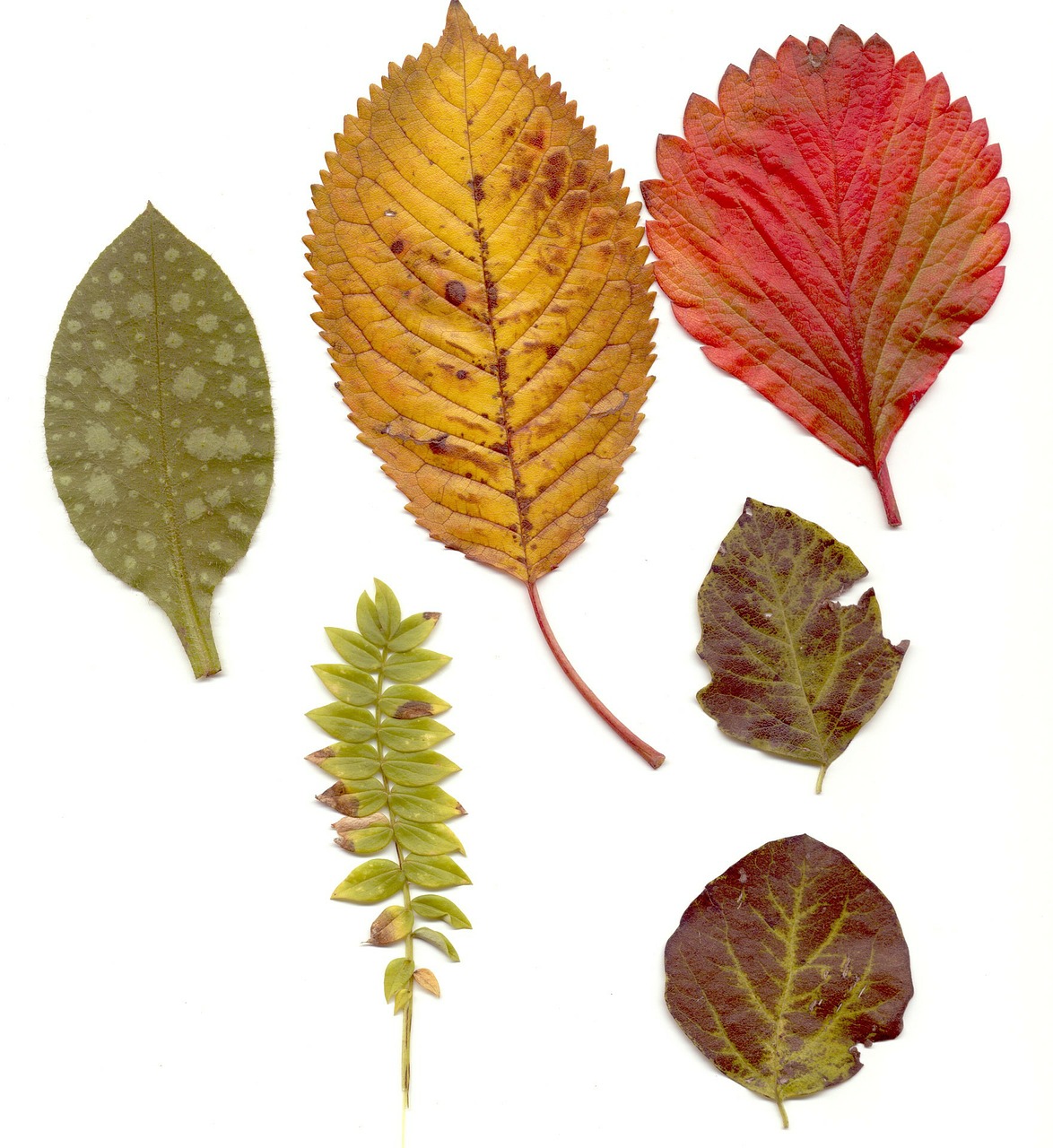


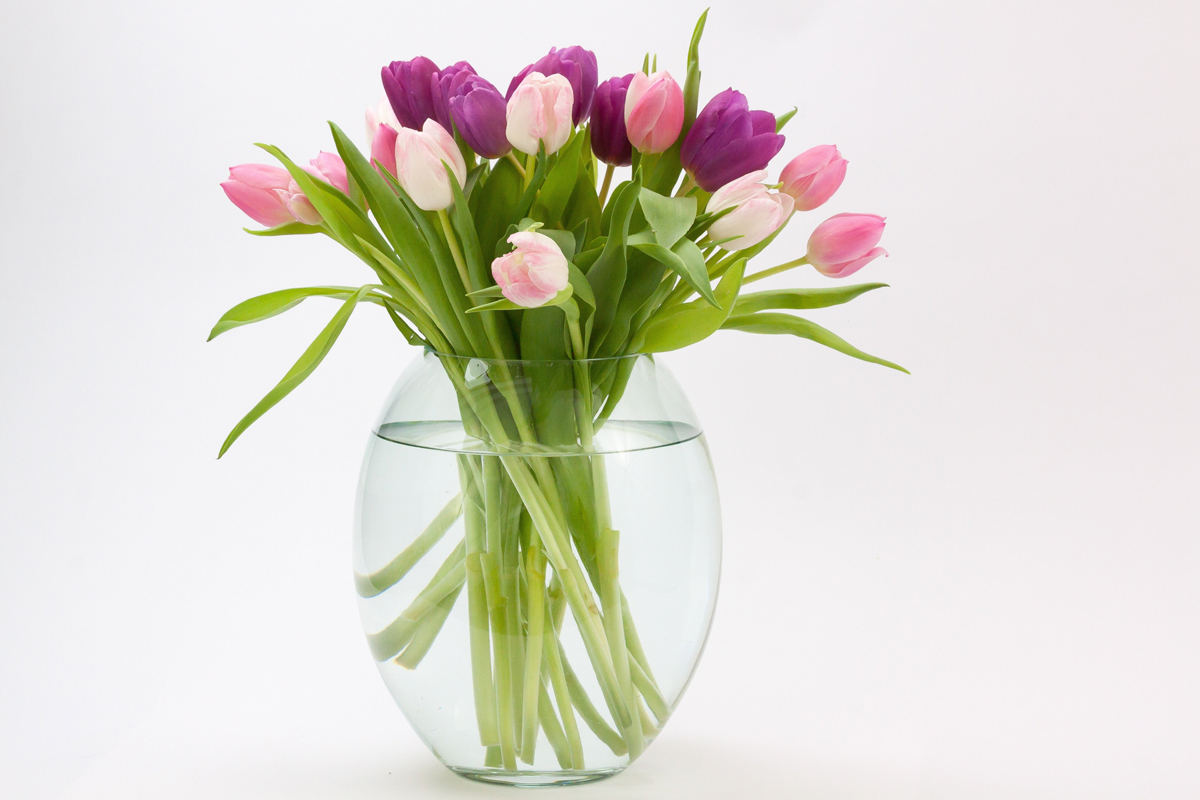
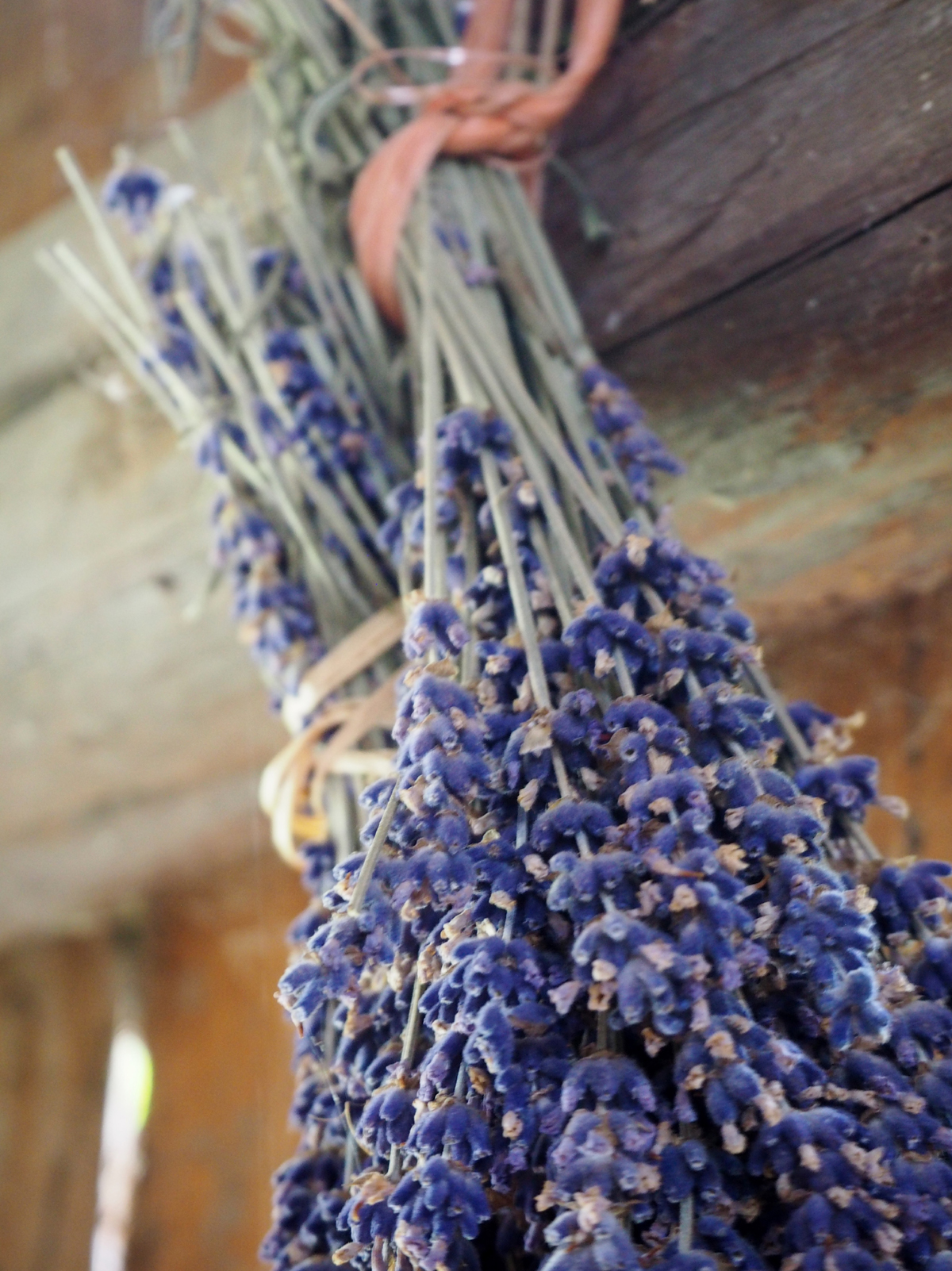
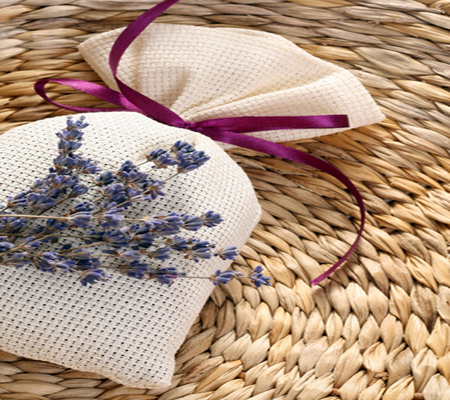
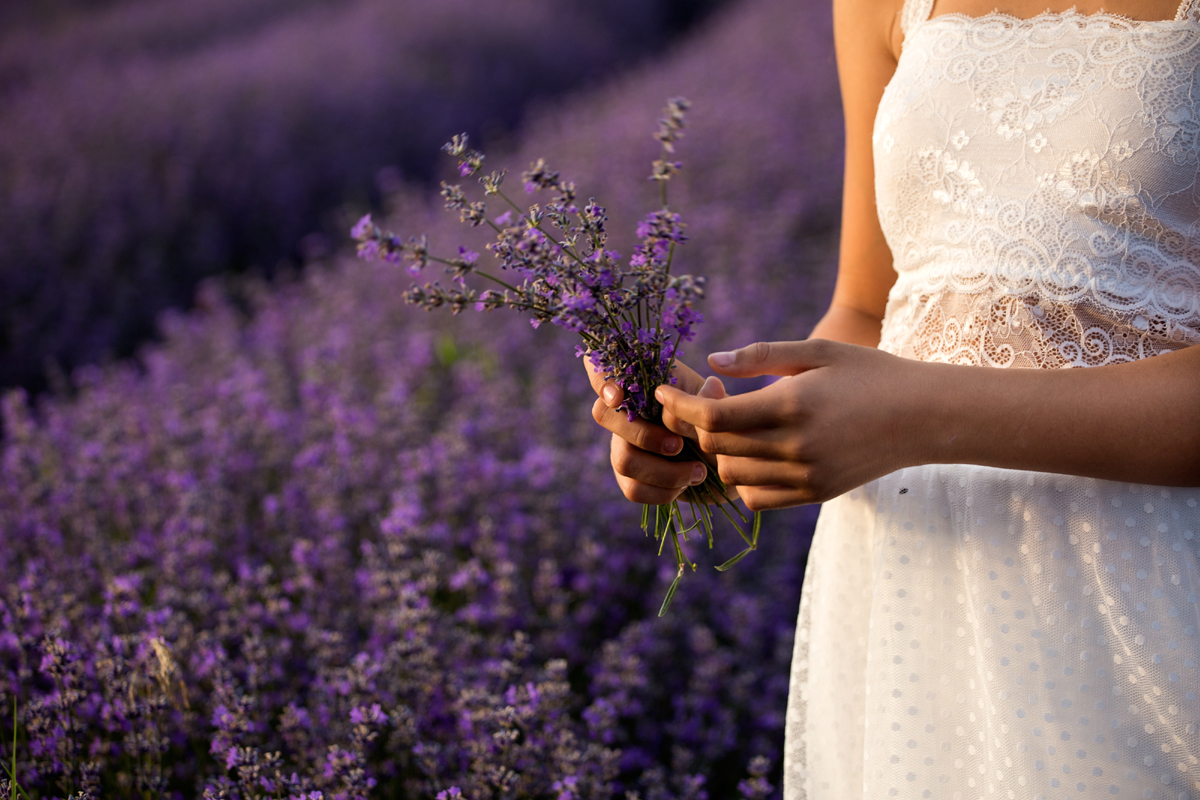
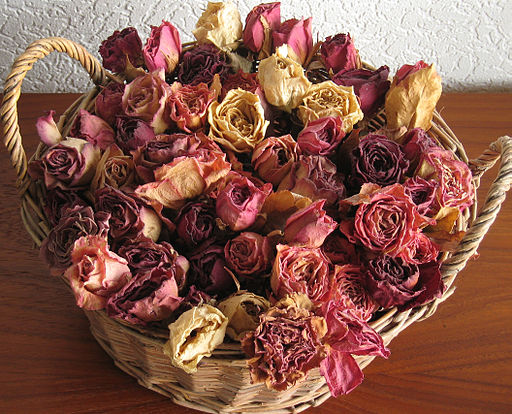
Normally what I do to prolong the life ofhte cut flower is by filling the empty stem with water. This is quite work to the flowers like gerbera and I will keep them with the flower turned downward overnight.